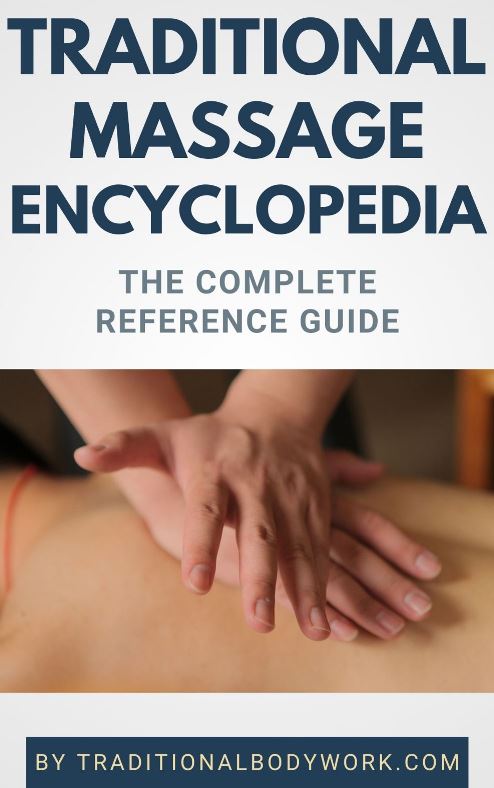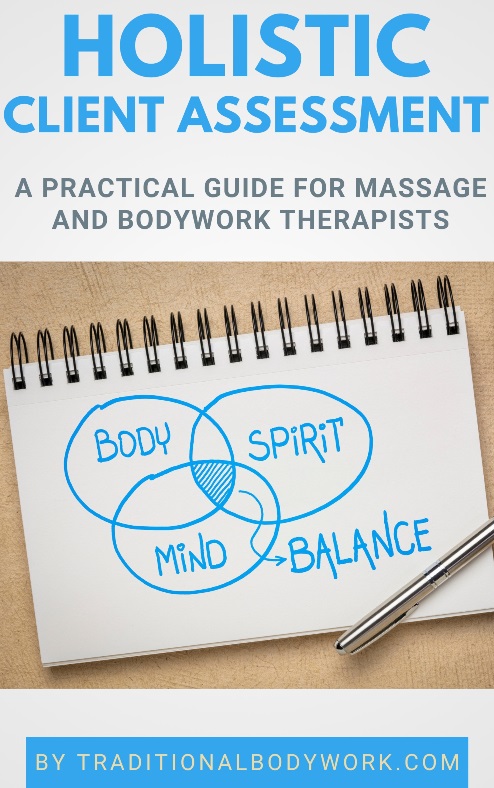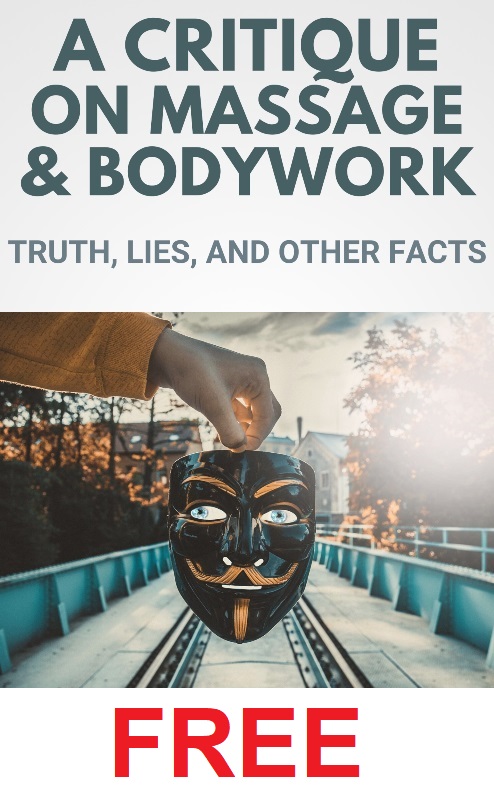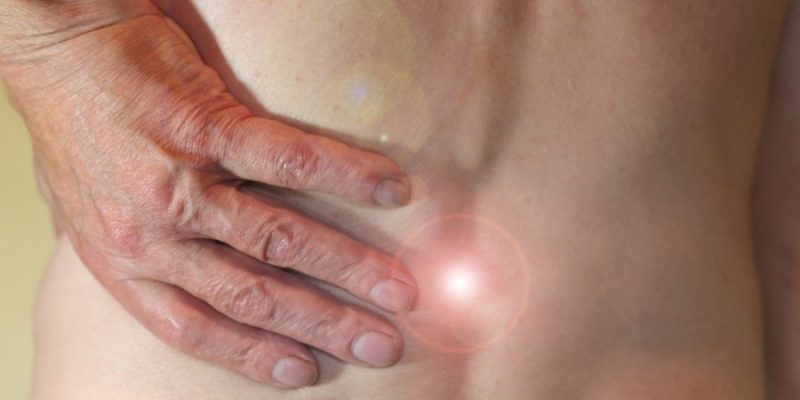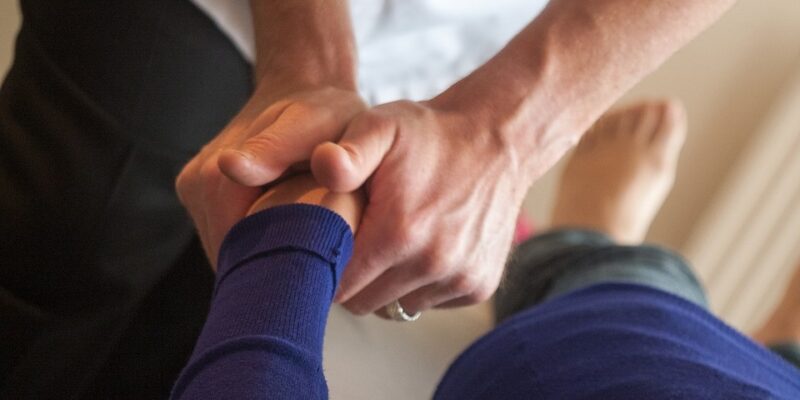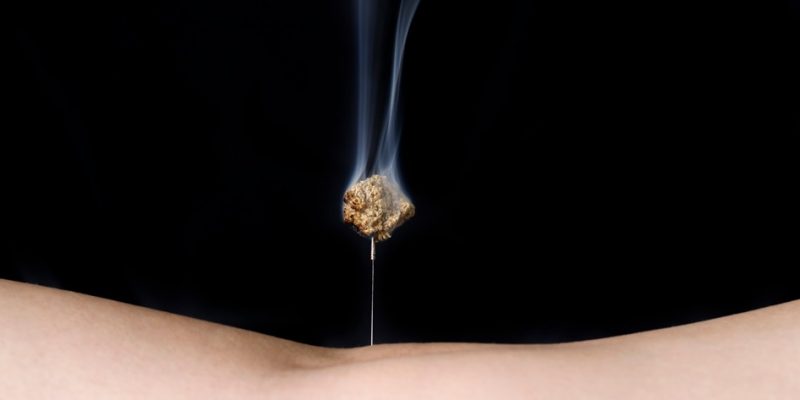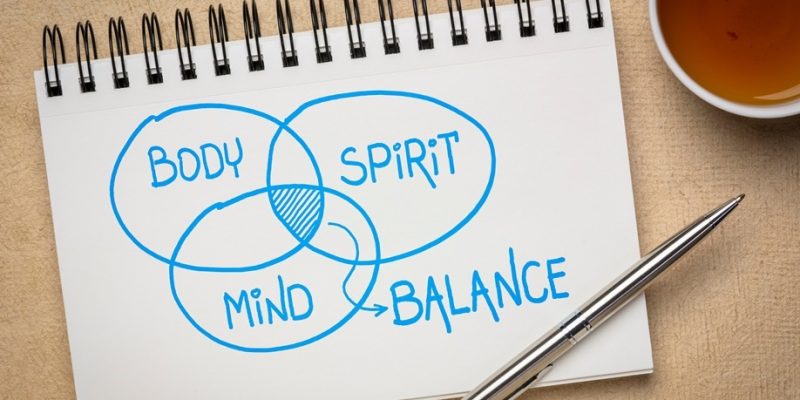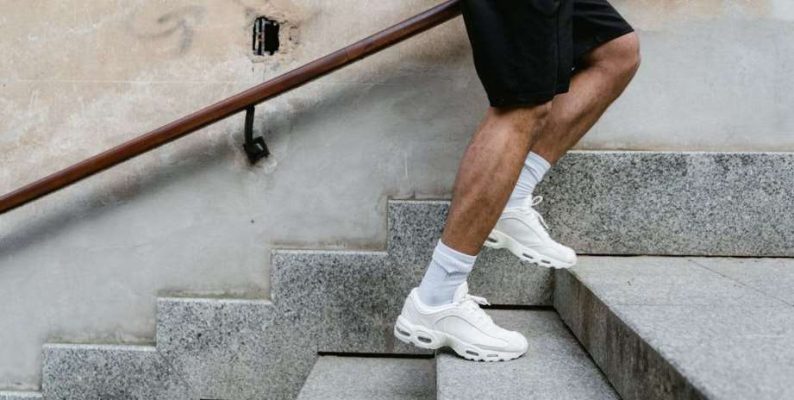Disc herniation is a common spinal condition where the inner gel-like core of a spinal disc protrudes through a tear in the outer layer, often leading to pain, numbness, and weakness.
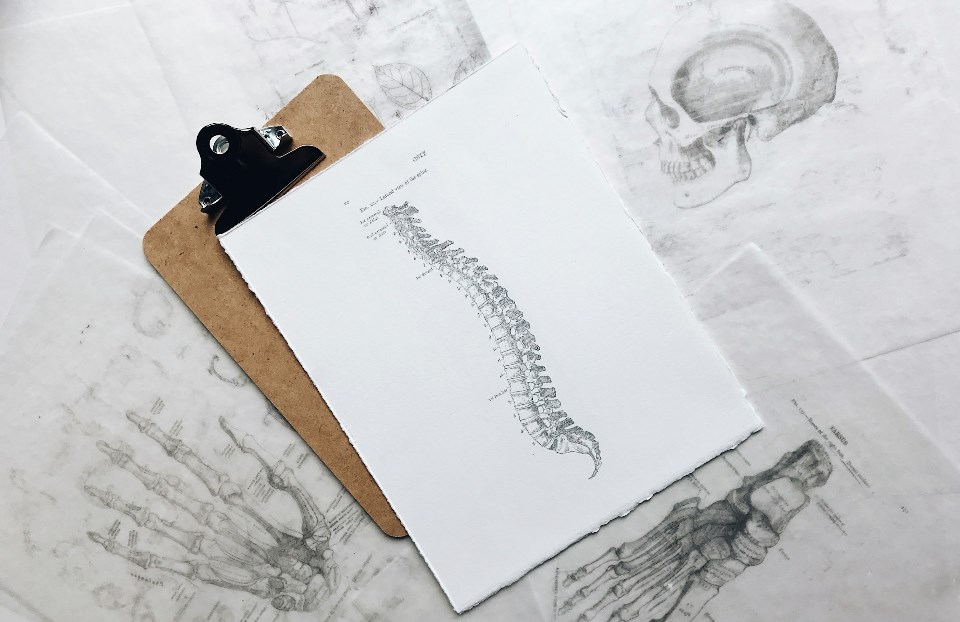
This condition primarily affects the lower back (lumbar spine) but can also occur in the neck (cervical spine). The herniated disc can press on nearby nerves, causing significant discomfort and limiting mobility.
Effective management of disc herniation pain and symptoms is crucial for maintaining quality of life and preventing further complications. Left untreated, disc herniation can lead to chronic pain, reduced mobility, and even permanent nerve damage.
A comprehensive approach that includes both conventional medical treatments and complementary therapies, such as traditional bodywork, can help alleviate symptoms and promote recovery.
What Is Disc Herniation?
A herniated disc occurs when the nucleus pulposus, the soft inner core of a spinal disc, pushes through a tear in the annulus fibrosus, the disc’s tougher outer layer. This displacement can compress spinal nerves, resulting in pain, numbness, and weakness along the affected nerve’s pathway.
Several factors contribute to the development of disc herniation, including:
- Age-Related Degeneration: As people age, spinal discs lose hydration and elasticity, making them more prone to tears and herniation.
- Trauma or Injury: Sudden impacts or repetitive strain can damage the spinal discs, leading to herniation.
- Genetic Predisposition: Some individuals may inherit a susceptibility to disc herniation due to genetic factors.
- Poor Posture and Body Mechanics: Improper lifting techniques, prolonged sitting, and poor posture can increase the risk of disc herniation.
The symptoms of disc herniation vary depending on the location and severity of the herniation. Common symptoms include:
- Localized Pain: Sharp or burning pain in the back or neck.
- Radiating Pain: Pain that extends to the arms or legs, depending on the affected nerve.
- Numbness and Tingling: Sensations of pins and needles in the extremities.
- Muscle Weakness: Weakness in the muscles served by the affected nerves, potentially affecting grip strength or leg function.
Traditional Bodywork Therapies for Disc Herniation
Traditional bodywork therapies encompass a range of hands-on techniques designed to manipulate the muscles, connective tissues, and joints.
These therapies aim to alleviate pain, improve mobility, and enhance overall well-being. Common forms of bodywork include massage therapy, chiropractic care, acupuncture, and physical therapy.
Bodywork therapies can be highly effective in managing disc herniation pain and symptoms. These therapies work by:
- Reducing Muscle Tension: Massage and chiropractic adjustments help relax tight muscles and reduce pressure on the herniated disc.
- Improving Circulation: Enhanced blood flow promotes healing and reduces inflammation in the affected area.
- Restoring Alignment: Chiropractic care realigns the spine, reducing nerve compression and alleviating pain.
- Stimulating Nerve Function: Acupuncture and certain massage techniques can stimulate nerve function and reduce pain signals.
Types of Traditional Bodywork Therapies
Massage Therapy
Massage therapy involves the manipulation of soft tissues to alleviate pain, reduce muscle tension, and promote relaxation. Techniques such as deep tissue massage, trigger point therapy, and myofascial release can be particularly effective in addressing the discomfort associated with disc herniation.
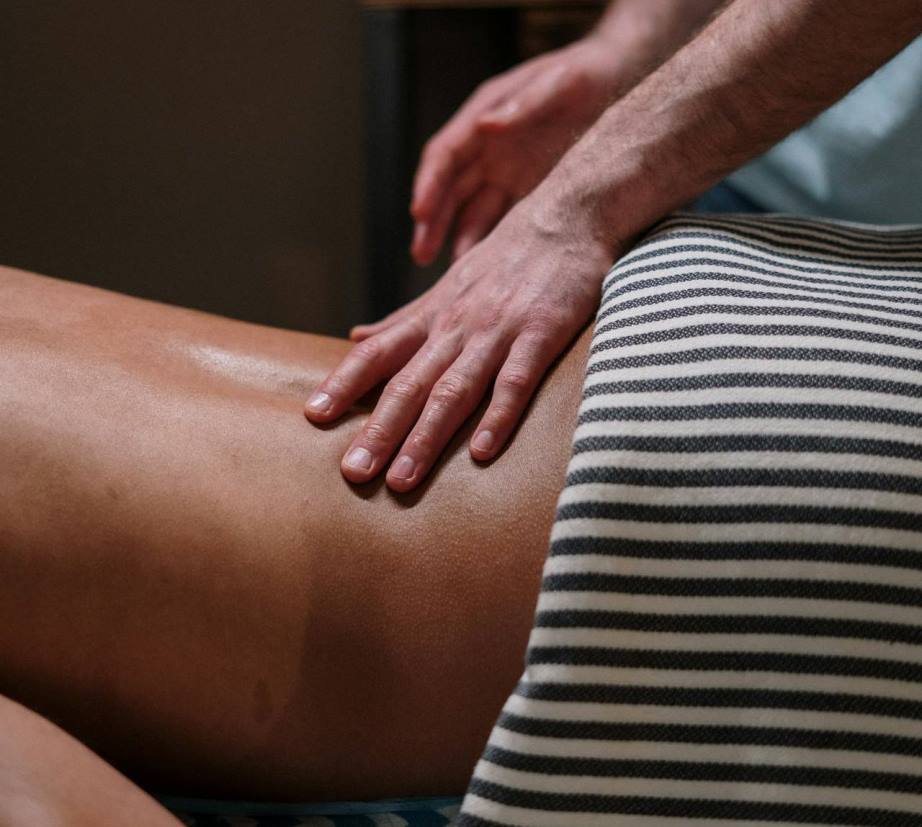
Chiropractic Care
Chiropractic care focuses on diagnosing and treating musculoskeletal disorders, particularly those involving the spine. Chiropractors use spinal manipulation and adjustments to restore alignment, relieve pressure on the nerves, and improve overall spinal health. This can significantly reduce the symptoms of disc herniation.
Acupuncture
Acupuncture, a traditional Chinese medicine practice, involves inserting thin needles into specific points on the body to stimulate healing and relieve pain. For disc herniation, acupuncture can help reduce inflammation, improve blood flow, and release endorphins, which are the body’s natural painkillers.
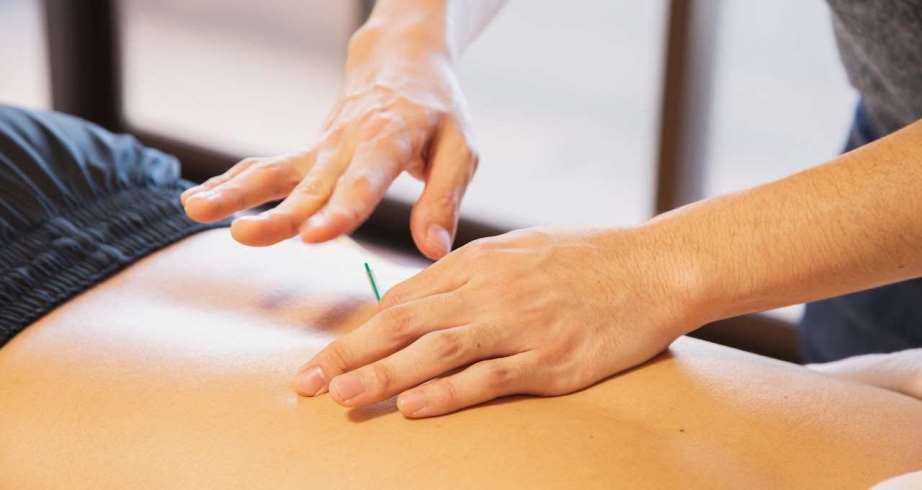
Physical Therapy
Physical therapy combines exercises, stretches, and manual therapies to enhance mobility, strength, and function. A physical therapist can design a customized program to help patients with disc herniation improve their posture, strengthen supporting muscles, and reduce pain.
Benefits of Bodywork Therapies for Disc Herniation
#1 Pain Relief and Management
Bodywork therapies can provide significant pain relief for individuals suffering from disc herniation. Techniques such as massage, chiropractic adjustments, and acupuncture target the source of pain and help alleviate it through various mechanisms, including muscle relaxation, improved circulation, and nerve stimulation.
#2 Improved Mobility and Flexibility
Regular bodywork sessions can enhance mobility and flexibility, making it easier for patients to perform daily activities. Physical therapy, in particular, focuses on exercises and stretches that improve range of motion and reduce stiffness.

#3 Reduced Inflammation
Inflammation is a common issue with disc herniation, contributing to pain and discomfort. Bodywork therapies, such as acupuncture and massage, can help reduce inflammation by promoting better blood flow and triggering the body’s natural healing processes.
#4 Enhanced Overall Well-Being
Beyond physical benefits, bodywork therapies can also improve mental and emotional well-being. The relaxation and stress relief provided by these therapies can lead to better sleep, reduced anxiety, and an overall sense of improved quality of life.
Integrating Bodywork Therapies into a Treatment Plan
A holistic approach to treating disc herniation involves combining bodywork therapies with conventional medical treatments and lifestyle changes. This comprehensive strategy addresses the physical, emotional, and environmental factors contributing to the condition, leading to more effective and sustainable outcomes.

Integrating bodywork therapies with other treatments, such as medication, physical exercise, and surgery, can provide a more well-rounded approach to managing disc herniation.
For instance, patients may find that combining chiropractic adjustments with physical therapy exercises offers better results than either treatment alone.
When seeking bodywork therapies, it is essential to find qualified and experienced practitioners. Here are some tips:
- Research Credentials: Look for practitioners who are licensed and certified in their respective fields.
- Read Reviews: Patient reviews and testimonials can provide insights into the effectiveness and quality of a practitioner’s services.
- Ask for Referrals: Consult with healthcare providers for recommendations on reputable bodywork practitioners.
- Verify Experience: Ensure that the practitioner has experience in treating disc herniation specifically.
Key Takeaways
Traditional bodywork therapies offer significant benefits for managing the pain and symptoms associated with disc herniation.
Scientific evidence and real-world examples support the efficacy of these therapies, highlighting their role in a holistic treatment approach. Integrating bodywork therapies with conventional medical treatments, helps patients achieve more effective and sustainable outcomes.
Exploring these therapies as part of a comprehensive pain management strategy can lead to improved quality of life for individuals suffering from disc herniation.

